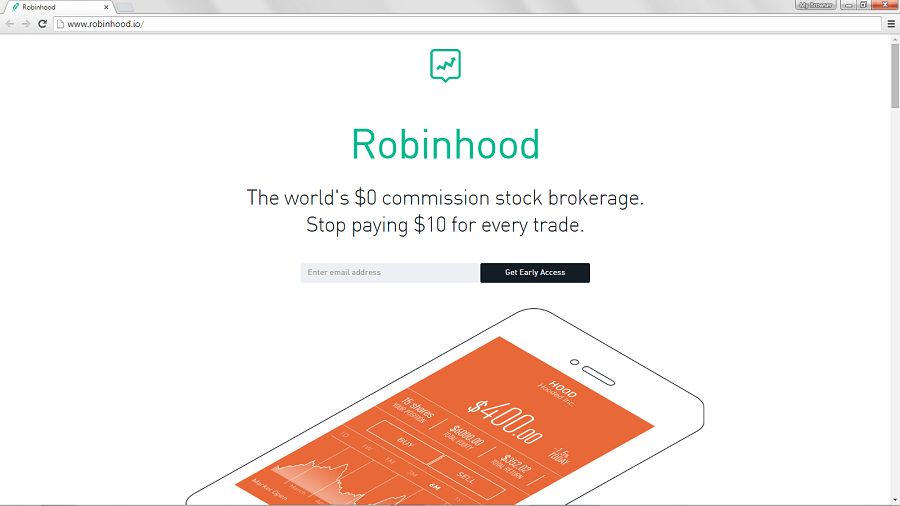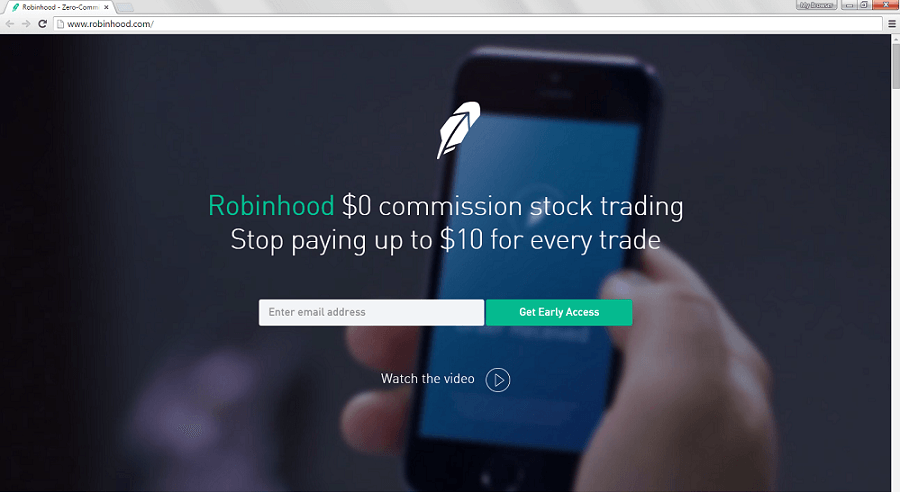When I joined the early stage fintech startup I currently work for as Head of Content, I was the second employee. As you can imagine, that meant there were zero systems in place. Never mind systems, there was no website other than a basic landing page, no social media presence, and exactly 10 tweets on our social media.
In my first week, I had absolutely no idea where to start, there was so much to do and so little resources at the same time. There’s no marketing budget at new startups, so you have to be very scrappy and roll your sleeves up. Everything depends on getting really good content going.
In my desperate search for what to do, how to grow our audience, what to post, I started doing research on the side on the content marketing strategies that other early stage fintech startups had back in the day.
I found Robinhood’s strategy fascinating (and I was super excited to find out one of the co-founders was born in Bulgaria like me). Robinhood was founded in April 2013 by Vladimir Tenev and Baiju Bhatt. They wanted to make stock investing easy and accessible to everyone – which they did. Robinhood went public in July 2021 at $38 per share.
Their marketing strategy was not focused on content per se, so we won’t go into that here, but more of an overview on their initial marketing tactic which they used to build brand awareness and acquire their first customers.
Robinhood’s strategy was curated around incentives and rewarding people so they would spread the word. They decided to do one thing and do it really well: a waiting list.
The campaign
It wasn’t just any normal waiting list, they used three elements to make it successful: hype, a referral program, and gamification. Their prelaunch campaign was running for more than a year, quite an unconventional move to the usual one to two-month month campaigns that companies do.
Basically, when you joined Robinhood’s waitlist you’d start off at the end of the line. But if you invited a friend to join the waitlist behind you, you would move up in line a few spots.
They used a gamification element which was like pulling a slot machine lever, but for free – the only “cost” was the referral. You’d always win because you were getting something valuable. They offered different incentives for getting others to use the app, which carried on even after the launch.
For example, if someone referred someone to the app, both the person signing up and the person referred would receive a free stock. Some would get high-value stocks, and this generated buzz on Reddit groups where people would discuss what stocks they got and how Robinhood works.
I found these images online of how their design evolved, and it’s important to note that one thing that did stay consistent was their copy. For anyone looking to test out different designs, always do A/B/C testing on your copy first, and visuals second.



Can you spot the difference in the last two images? 😉
Robinhood didn’t spend much on their marketing campaign other than on the essentials like design, copy, and a website. Instead, they built hype round their product and maximized user acquisition through referral marketing programs to create a large community of followers. This is a prime example of the power of “word-of-mouth” marketing!
I’ll be posting soon on the trend we’ve seen forming over the past few years in the online marketing world and in the tech startup scene specifically – community. Everyone is touting community as part of customer acquisition and customer retention, but it’s definitely not an easy thing to master.
Til next time!